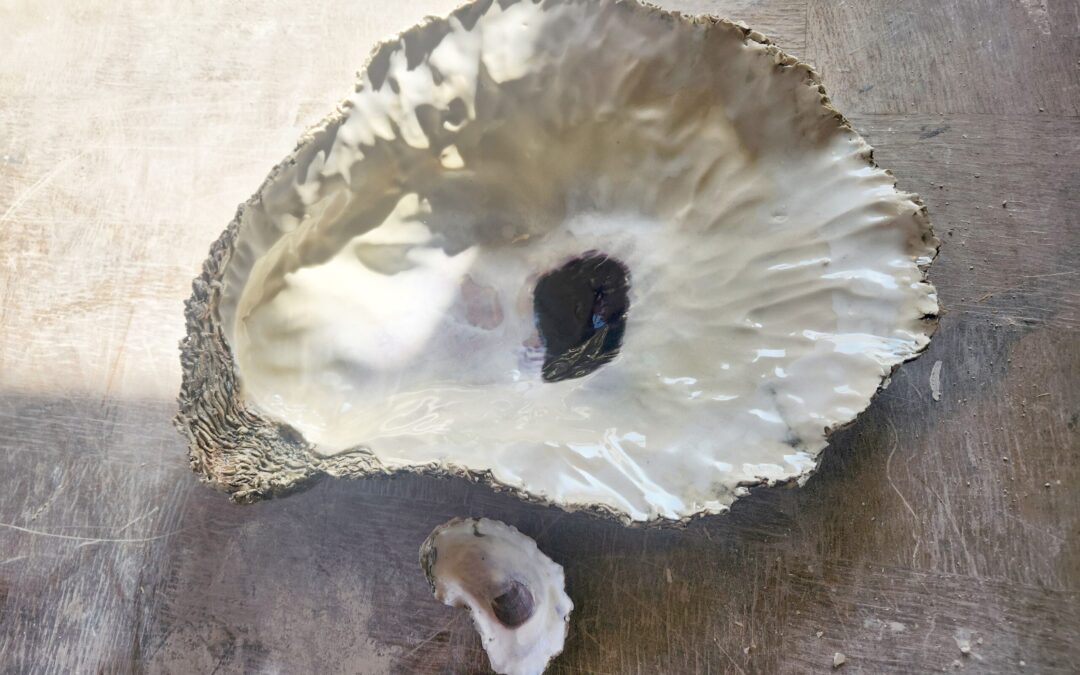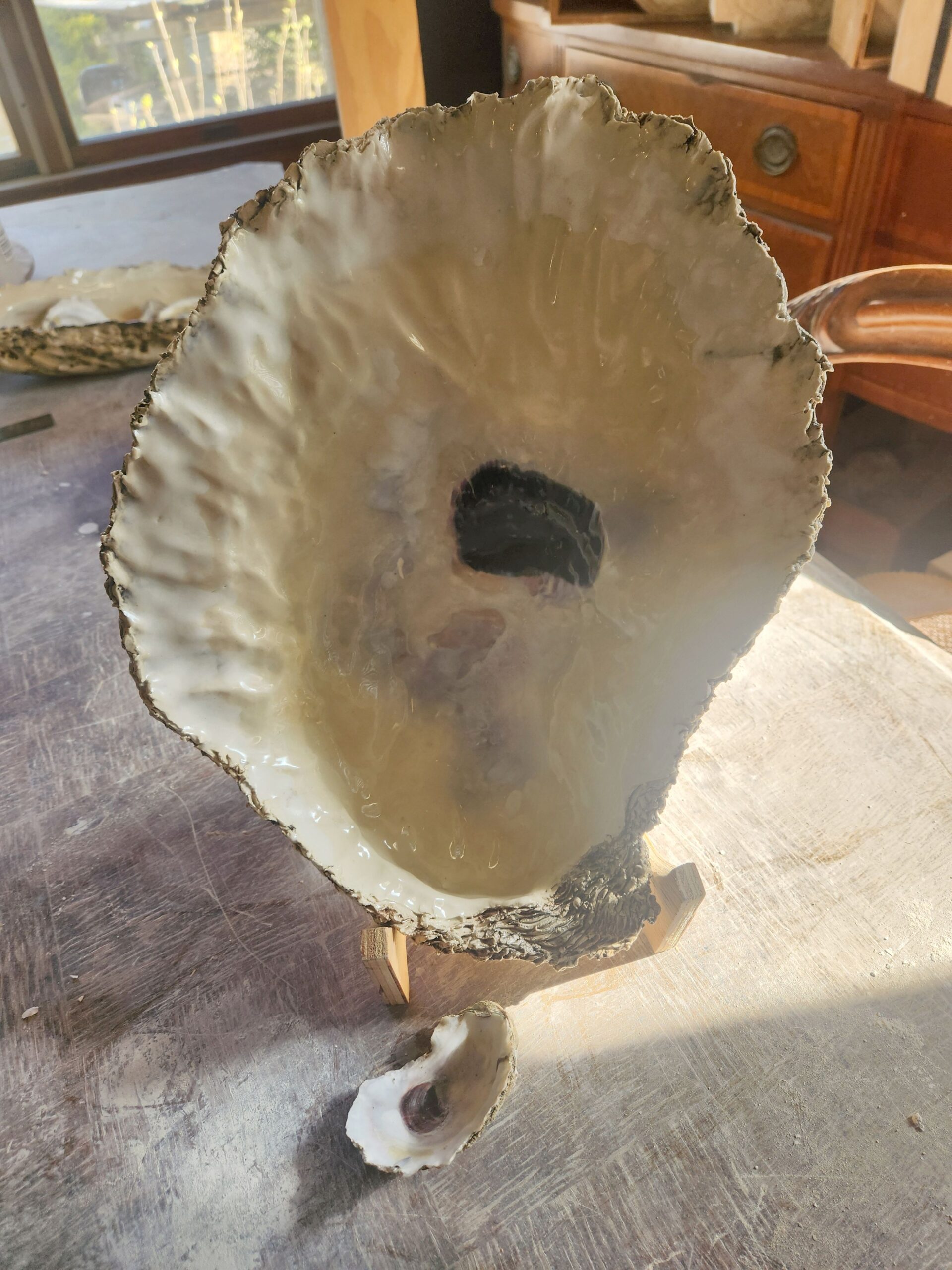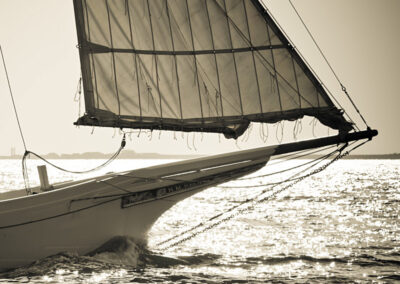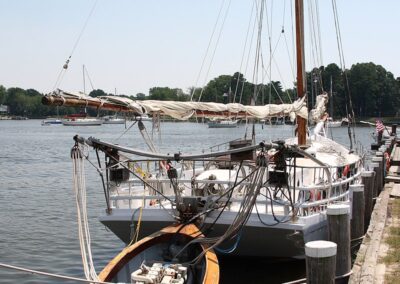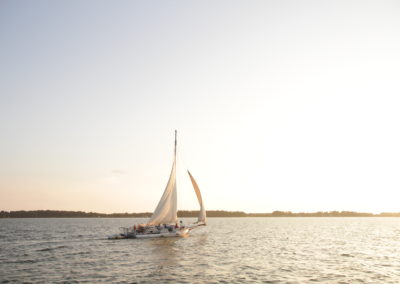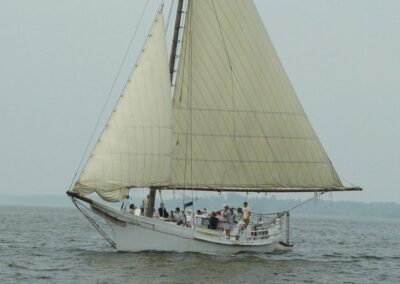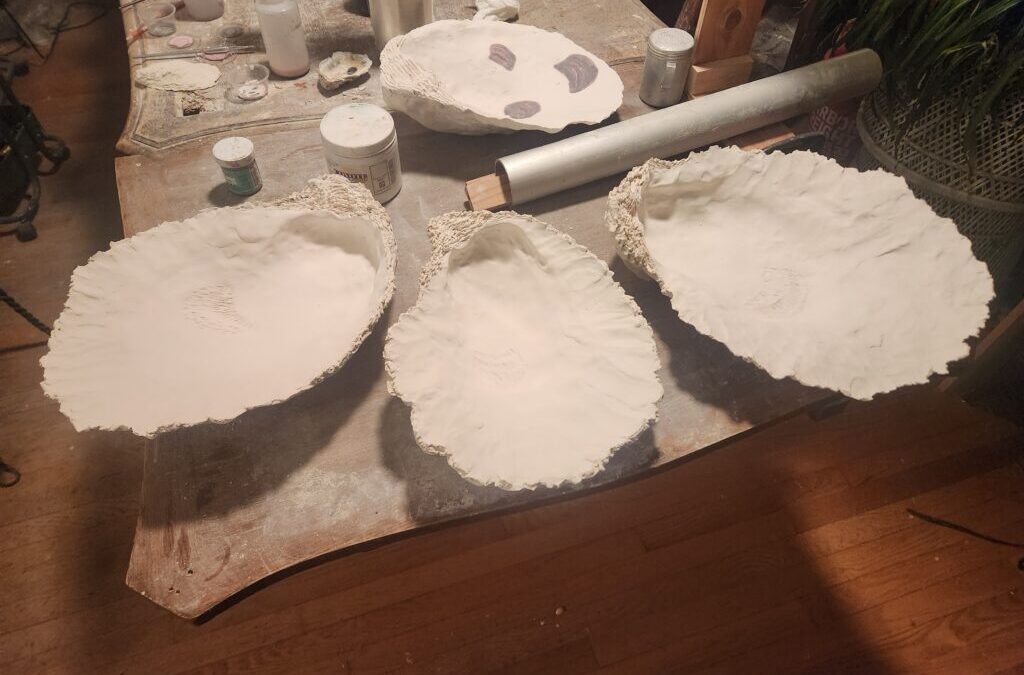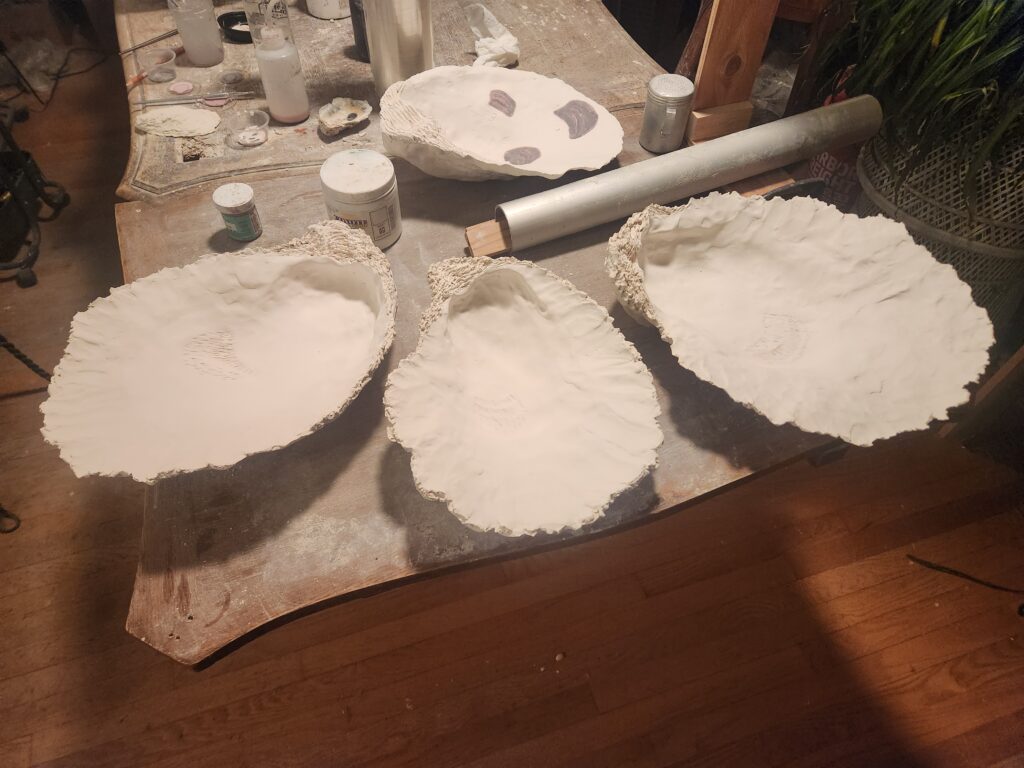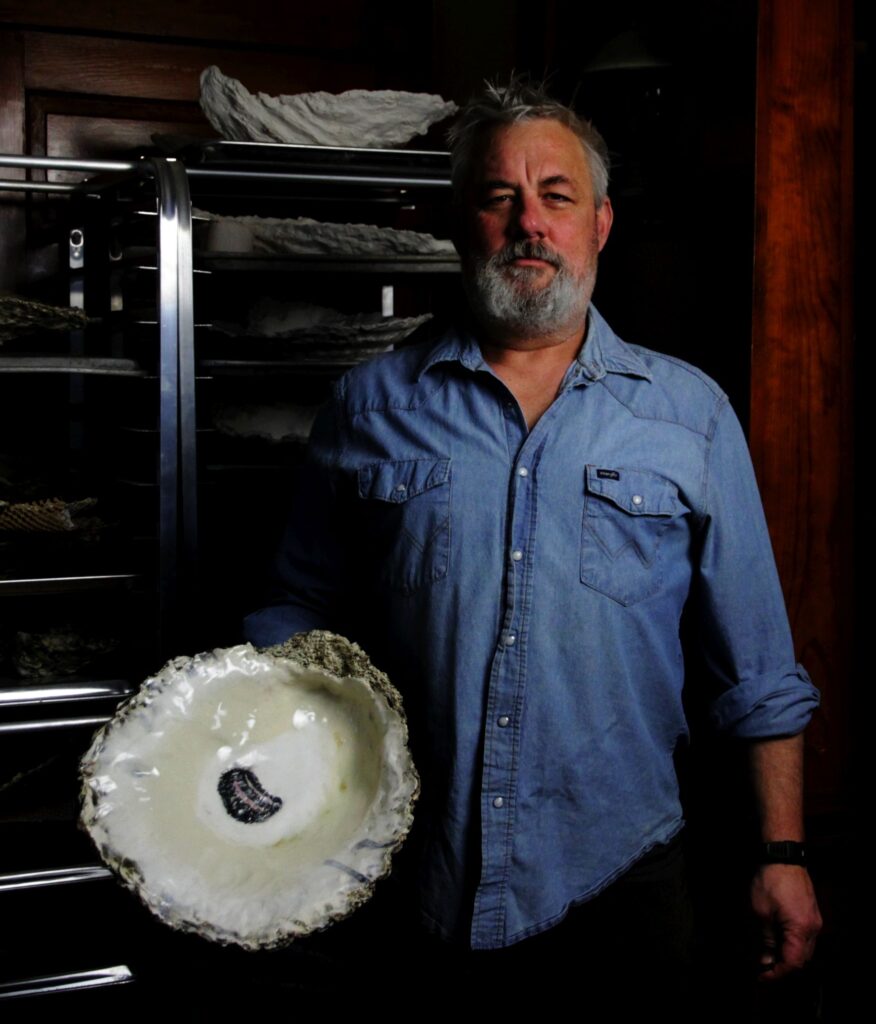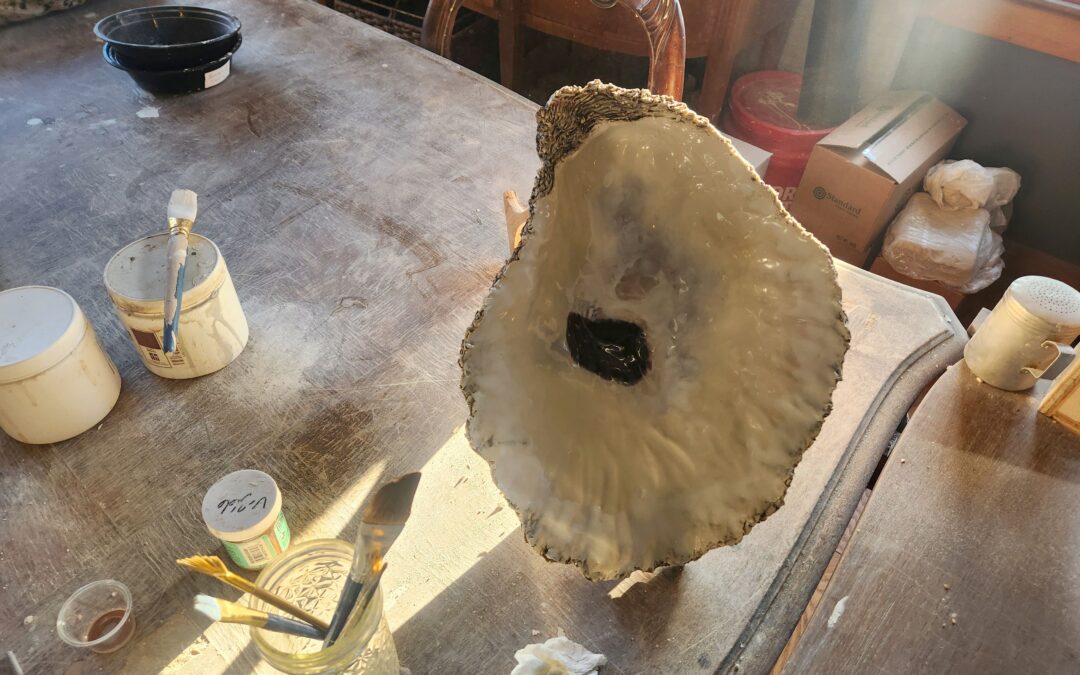
Invitation to Exhibit at the 2025 Waterfowl Festival!
Ya’ll,
I’m so excited to have received my invite to exhibit my work in the Art Galleries of the 54th Annual Waterfowl Festival in Easton, Maryland on November 14th thru the 16th!
This is a huge deal and I’m so grateful to have the honor of showing my work among some of the best waterfowl and outdoor artists in the country!
I’ll share more details when I know more..
Buy your tickets and plan your visit to Maryland’s beautiful Eastern Shore today!
I hope to see you there.
Cheers-
Jeff
More About the Festival
The Waterfowl Festival in Easton, Maryland is a celebrated annual event that showcases the rich heritage of the Eastern Shore, particularly its connection to waterfowl, wildlife, and outdoor traditions. Held each November, the festival has been a tradition since 1971, drawing thousands of visitors to this small town on the Eastern Shore of the Chesapeake Bay.
Key Features:
-
Wildlife Art: The festival is known for its high-quality displays of wildlife art, including paintings, carvings, photography, and sculpture from renowned artists across the country.
-
Decoy Carving: Decoy carving demonstrations and competitions are a major attraction, reflecting the region’s historic ties to waterfowl hunting and craftsmanship.
-
Sporting Activities: The event includes retriever demonstrations, fly fishing exhibits, calling contests, and shooting sports for attendees to watch or try.
-
Local Culture: It highlights Eastern Shore traditions, with local food (especially oysters and crab), music, and conservation education.
-
Youth Activities: The festival is family-friendly, with special activities for children, including hands-on crafts and educational programs.
-
Conservation Mission: Proceeds from the festival support waterfowl and habitat conservation efforts on the Delmarva Peninsula.
The event takes place throughout downtown Easton, with various venues, including the Armory, the Avalon Theatre, and local schools and parks.
More About Talbot County, Maryland
Visiting Talbot County, Maryland offers a charming escape to the heart of the Eastern Shore, where historic towns, scenic waterways, and a relaxed coastal lifestyle create an unforgettable experience. Anchored by picturesque communities like Easton, St. Michaels, Oxford, and Tilghman Island, the county is ideal for leisurely exploration. Visitors can stroll brick-lined streets filled with boutiques, art galleries, and waterfront restaurants, or embark on a sailing excursion along the Miles River and Chesapeake Bay. Rich in history and maritime heritage, Talbot County also offers cultural attractions such as the Chesapeake Bay Maritime Museum and seasonal festivals like Easton’s Waterfowl Festival. Whether you’re kayaking through serene coves, savoring fresh local seafood, or simply watching the sunset from a dock, Talbot County delivers the perfect blend of relaxation and discovery.

